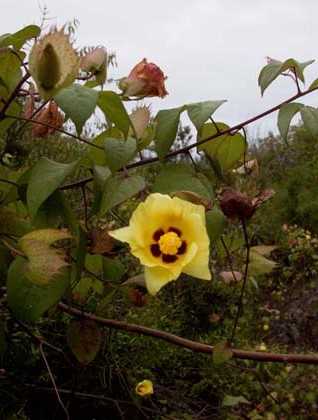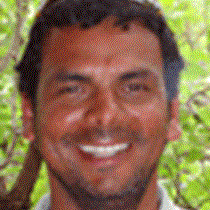The island of Isabela, the only island in the Galapagos Archipelago formed by six active volcanos, and the island of Fernandina are the most volcanically active islands of this remote archipelago. On a map Isabela has a very distinct look, like a sea horse. One of the great features of Isabela is the high number of tortoise species found here. It is the only place in the world where mankind is able to spot 5 different tortoise species which are endemic to the volcanos they inhabit.
Urvina Bay is the first walk organized by our expedition leader. We begin with a wet landing on a black sandy beach connected to a trail taking us along an arid vegetation area of the island. We are able to identify plants that are native or endemic to this archipelago and are here in high numbers. We take a long walk in different areas where we can see Galapagos land iguanas and tortoises, and we are lucky to find 11 iguanas and one baby giant tortoise that was younger than five years old, very unexpected. After a nice warm walk we ended up on the beach to go swimming before we returned to the ship.
The second part of the day was spent at the Tagus Cove visitor site found on the island of Isabela a bit north from where Urvina Bay is located. By 2:00 p.m. the adventurers joining the kayaking activities were out having fun, followed by snorkelers that brought back to the ship fantastic comments about the activity. We ended with an invigorating walk to a great view point on this beautiful island that today has delivered great memories and satisfaction to all the National Geographic Endeavour explorers.



.jpg?width=106&height=85&mode=crop&scale=both&quality=50)



